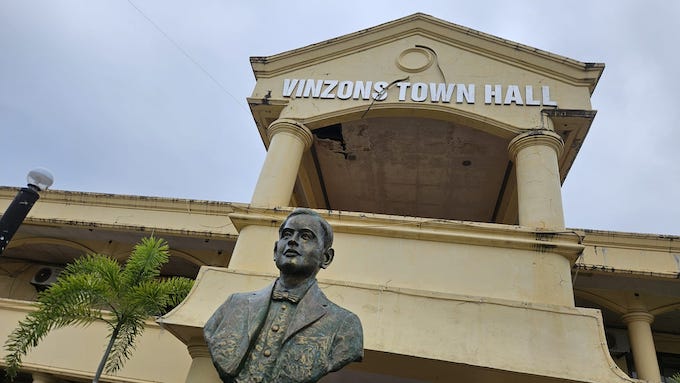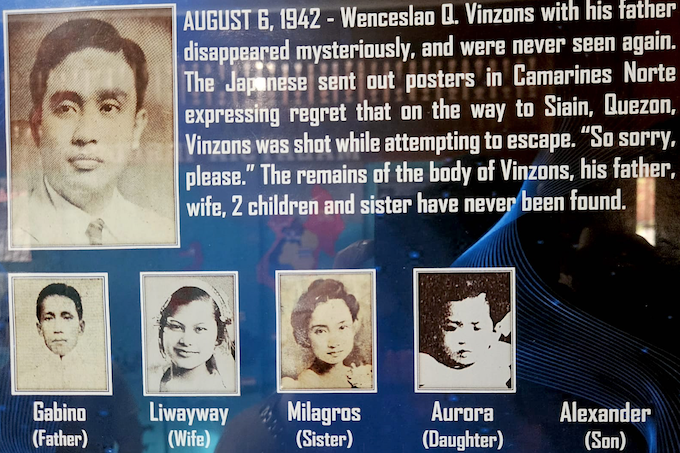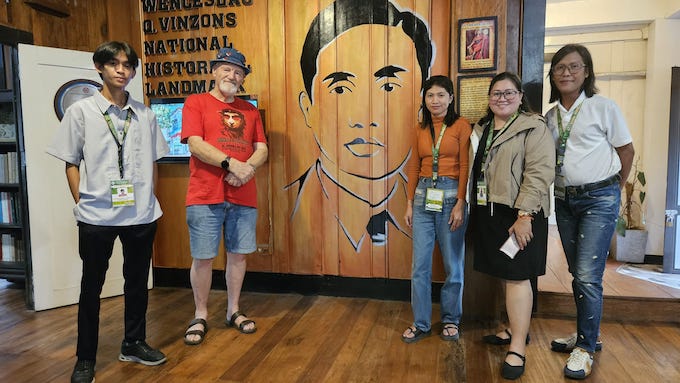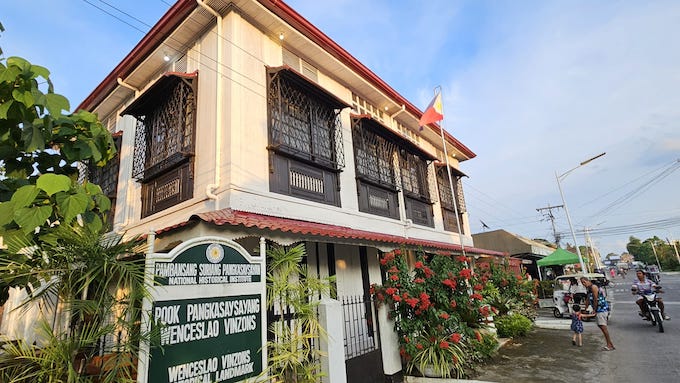In an effort to formalise the hostility which has been growing under Donald Trump, America has announced a plan to combat the “current trajectory” of Europe:
European priorities for Trump’s new National Security Strategy:
(https://t.co/c7Y74gSfSc) pic.twitter.com/s8QDqg5k4j
— Sam Greene (@samagreene) December 5, 2025
Yankification
People are taking the above to be a pretty direct attack on the existence of the European Union:
Meiselas: The official Trump U.S. National Security Strategy document has been released. The document says a top priority of the U.S. is "cultivating resistance to Europe's current trajectory." In other words, to destroy the European Union. pic.twitter.com/Dz2KvhTRfg
— MeidasTouch (@MeidasTouch) December 6, 2025
Donald Trump is deep in bed with the tech oligarchs, who all attended his inauguration as guests of honour:
The 3 billionaires who got a front row seat to Trump’s inauguration (Musk, Zuckerberg & Bezos) worth $950 billion are laying off 74,000 U.S workers, hiring 27,000 H-1B guest workers & building an army of robots to displace millions of jobs. Trump cares more about them than you. https://t.co/ypb4uGrdma pic.twitter.com/ixVwmC31EH
— Warren Gunnels (@GunnelsWarren) November 12, 2025
Famously, these hyper nerds hate the EU because they keep introducing legislation to curb the worst excesses of Facebook, Google, and Amazon (while still doing nowhere near enough). This in part explains why America is increasingly hostile towards Europe, but there’s more than that too.
At this point, the US has got about as much as they can out of Europe while still maintaining a veneer of democracy and liberalism. To bleed us dry, they’ll need to perform the shock doctrine on us; i.e. they want far-right authoritarians to take charge so they can syphon off the last of of our public wealth to American conglomerates.
Hi @Nigel_Farage, when will you make a statement on the Epstein Files?
It's heading to your friend Donald Trump's desk. pic.twitter.com/wdbCK9JvOi
— Reform Party UK Exposed
(@reformexposed) November 19, 2025
People are asking what links Reform have with Russia, but really the links we need to worry about are their links to the Americans.
The United States says in its National Security Strategy that it is now official US policy to weaken and destroy the European Union and prop up right-wing political parties in Europe that are aligned with Putin and phase out NATO as a permanent organization. pic.twitter.com/1Y0GkqQfMD
— Ben Meiselas (@meiselasb) December 6, 2025
Trump means sovereignty
The National Security Strategy also contains the following, suggesting that Reform are taking their direction from the states (reported by the BBC):
In the document, the EU is blamed for blocking US efforts to end the conflict and says that the US must “re-establish strategic stability to Russia” which would “stabilise European economies”.
It appears to endorse efforts to influence policy on the continent, noting that US policy should prioritise “resistance to Europe’s current trajectory within European nations”.
The new report also calls for the restoration of “Western identity”, and claims that Europe will be “unrecognisable in 20 years or less” and its economic issues are “eclipsed by the real and more stark prospect of civilisational erasure”.
“It is far from obvious whether certain European countries will have economies and militaries strong enough to remain reliable allies,” the document states.
In stark contrast, the document celebrates the influence of “patriotic European parties” and says “America encourages its political allies in Europe to promote this revival of spirit”.
Remember when Farage used to talk about sovereignty?
Remember when he said we need to take back control from unelected foreign elites?
We remember, but somehow we doubt Farage will stand up to the Yanks.
The new US “National Security Strategy” document puts it in black & white – Trump intends to “cultivate resistance” within European countries to force Europe to change course to what he wants to see.
It’s an open declaration of intent to interfere in Europe’s internal politics. pic.twitter.com/yR8ZWT0bOr
— Mike Galsworthy (@mikegalsworthy) December 7, 2025
Russia and America VS Europe
In the following tweet, you’ll notice Elon Musk repeats the idea of ‘sovereign nations’ from the National Security Strategy. Musk is being a bit more blatant, giving the game away as to what his friends in the White House are scheming:
What this really means: The EU should be abolished so that great powers run by unaccountable oligarchs can better bully smaller countries. https://t.co/42HounA7BJ
— Sam Greene (@samagreene) December 6, 2025
Oh, and the guy agreeing with Musk is on the Security Council of Russia, by the way, so it’s a real who’s who of ‘who the fuck asked you?‘
Russia has welcomed the National Security Strategy, saying:
The adjustments we’re seeing… are largely consistent with our vision,
They added:
We consider this a positive step
There’s been a debate between leftists and centrists as to which is worse: American imperialism or Russian imperialism. That debate may be over now, because they’re officially the same thing according to the US government.
Featured image via European Union
By Willem Moore
This post was originally published on Canary.





 (@balleralert)
(@balleralert) 



 (@Noahpinion)
(@Noahpinion) 
 (@Rail_splitter1)
(@Rail_splitter1) 

 (@Braxtonbrew96)
(@Braxtonbrew96)  (@caitcamelia)
(@caitcamelia) 
 (@ArtCandee)
(@ArtCandee) 


